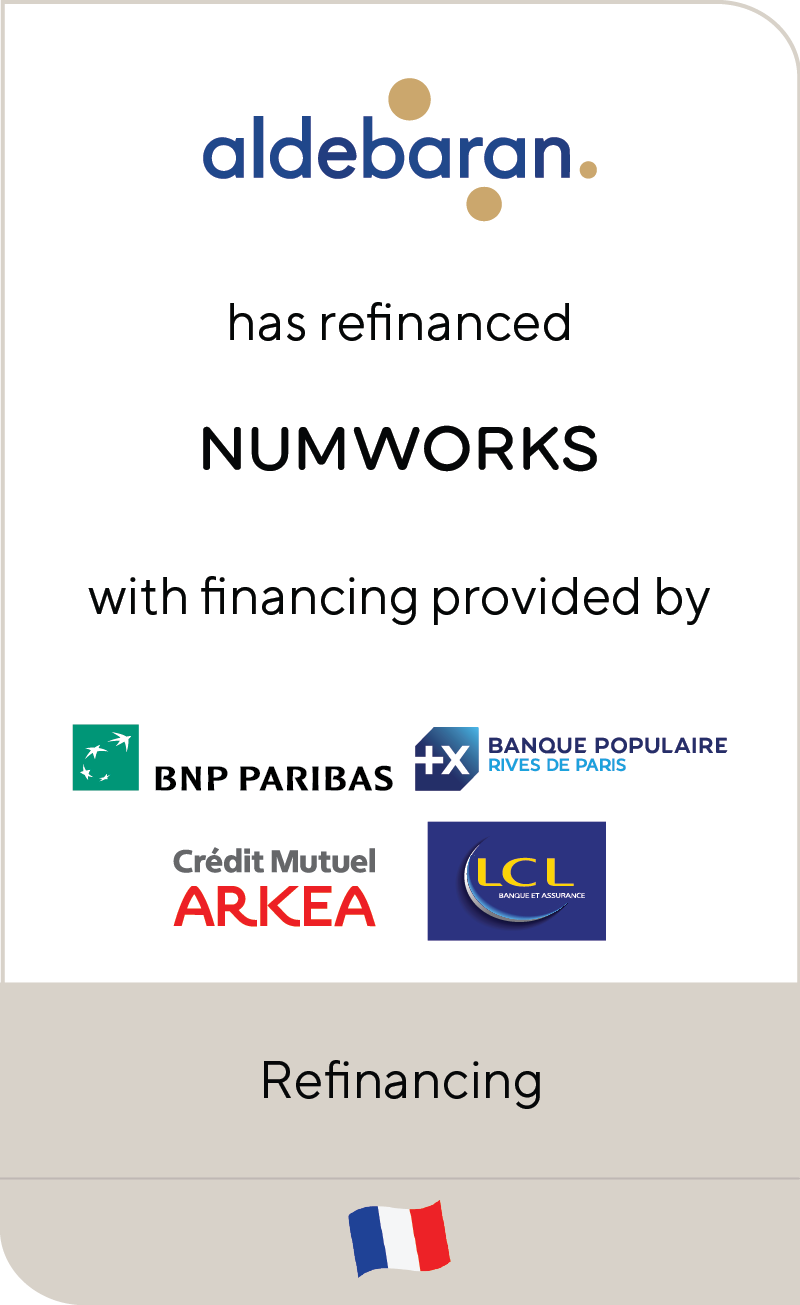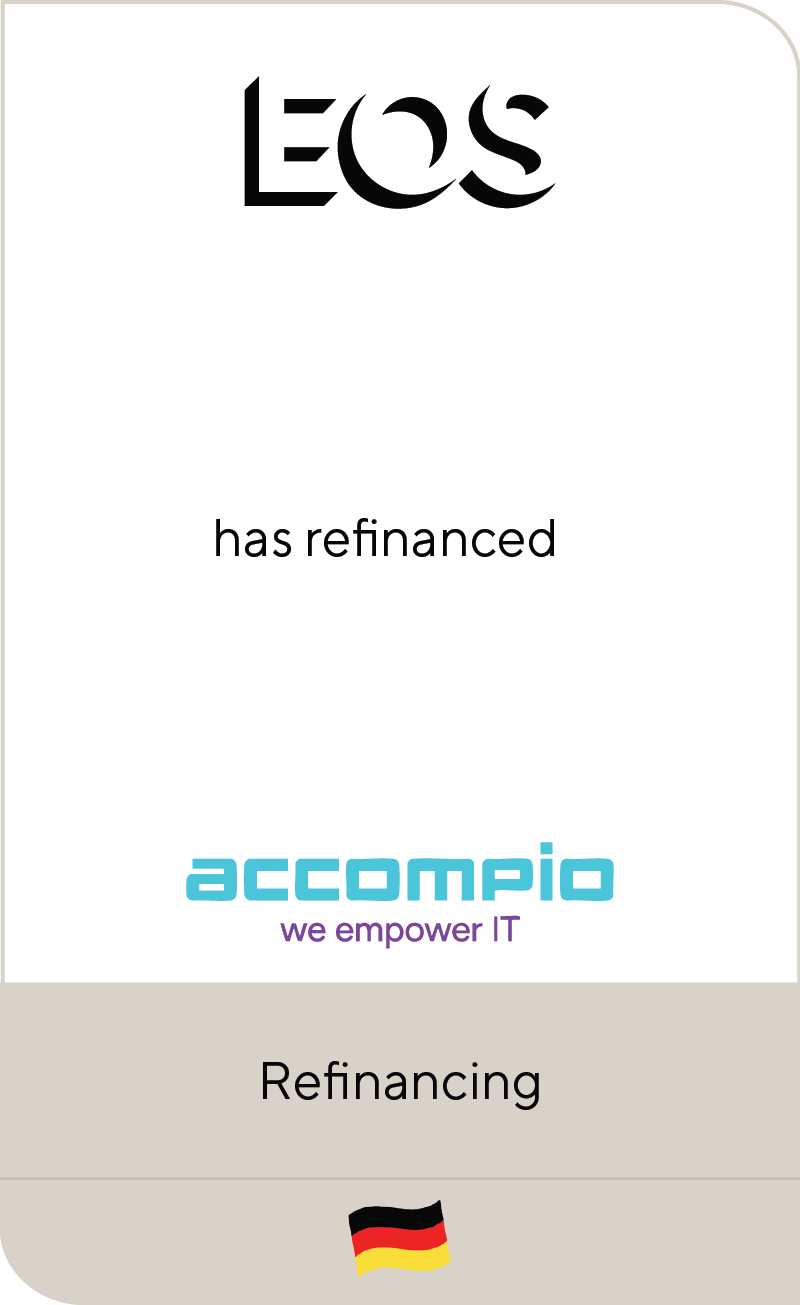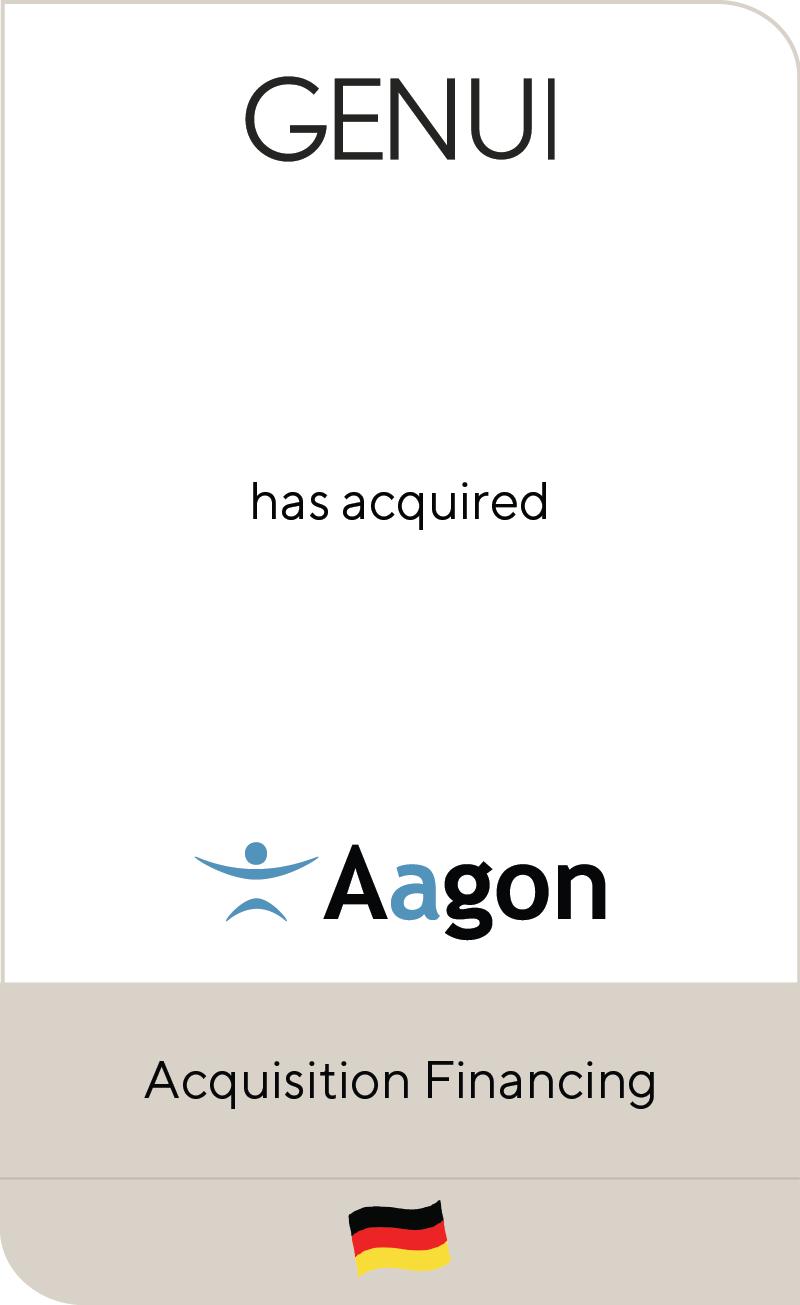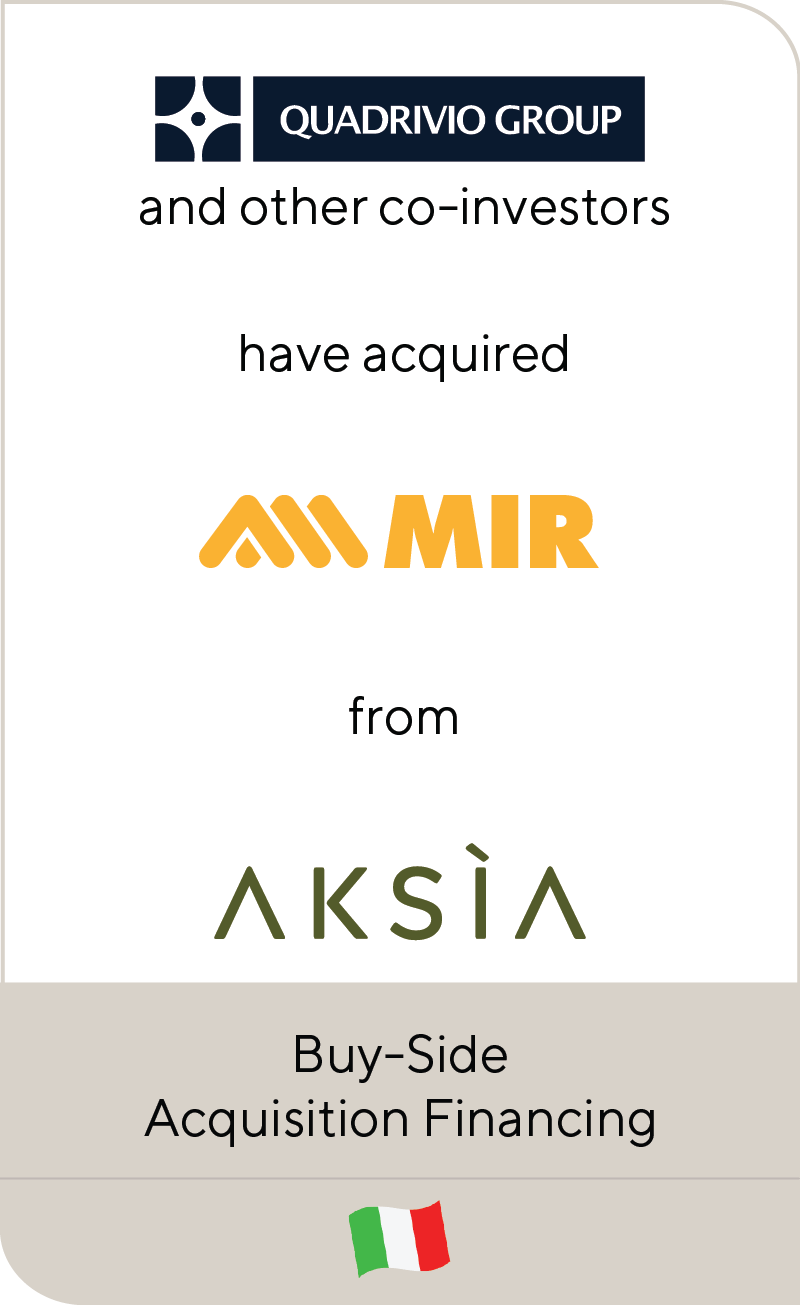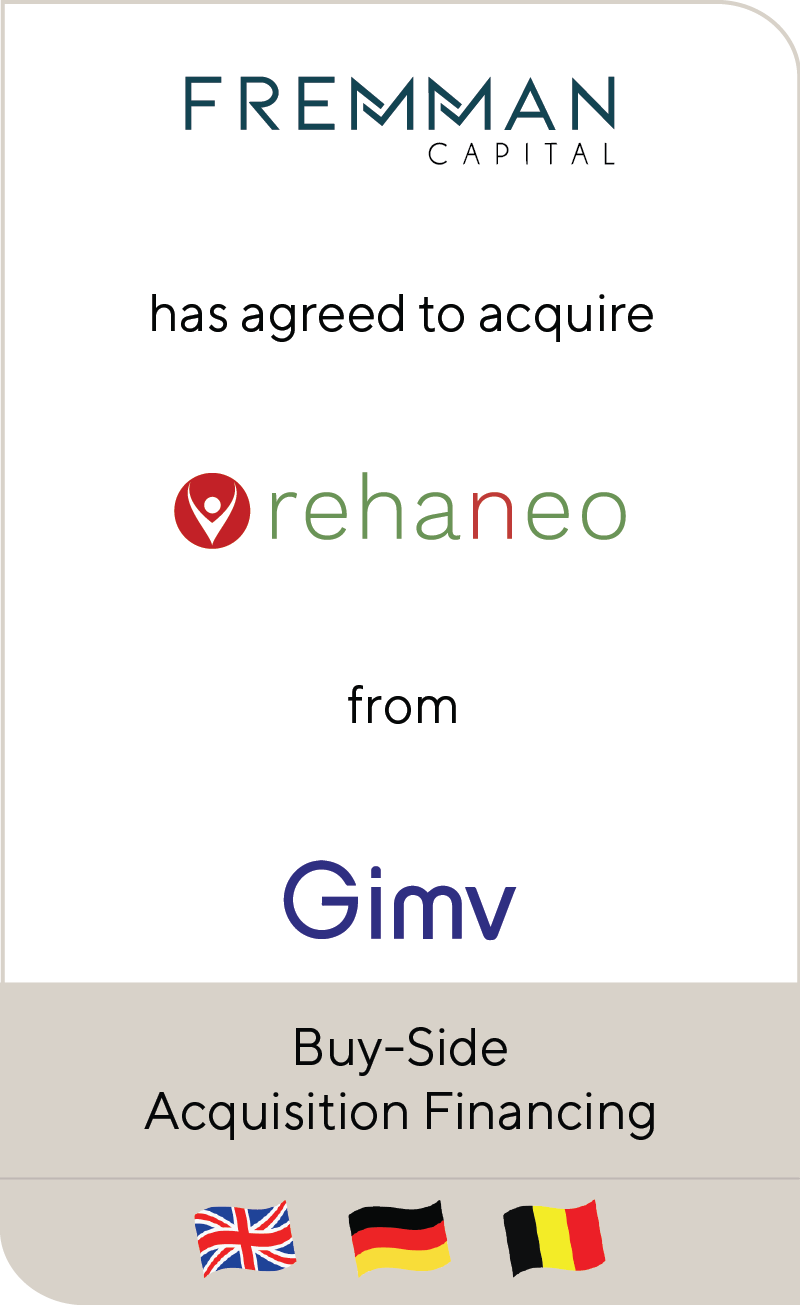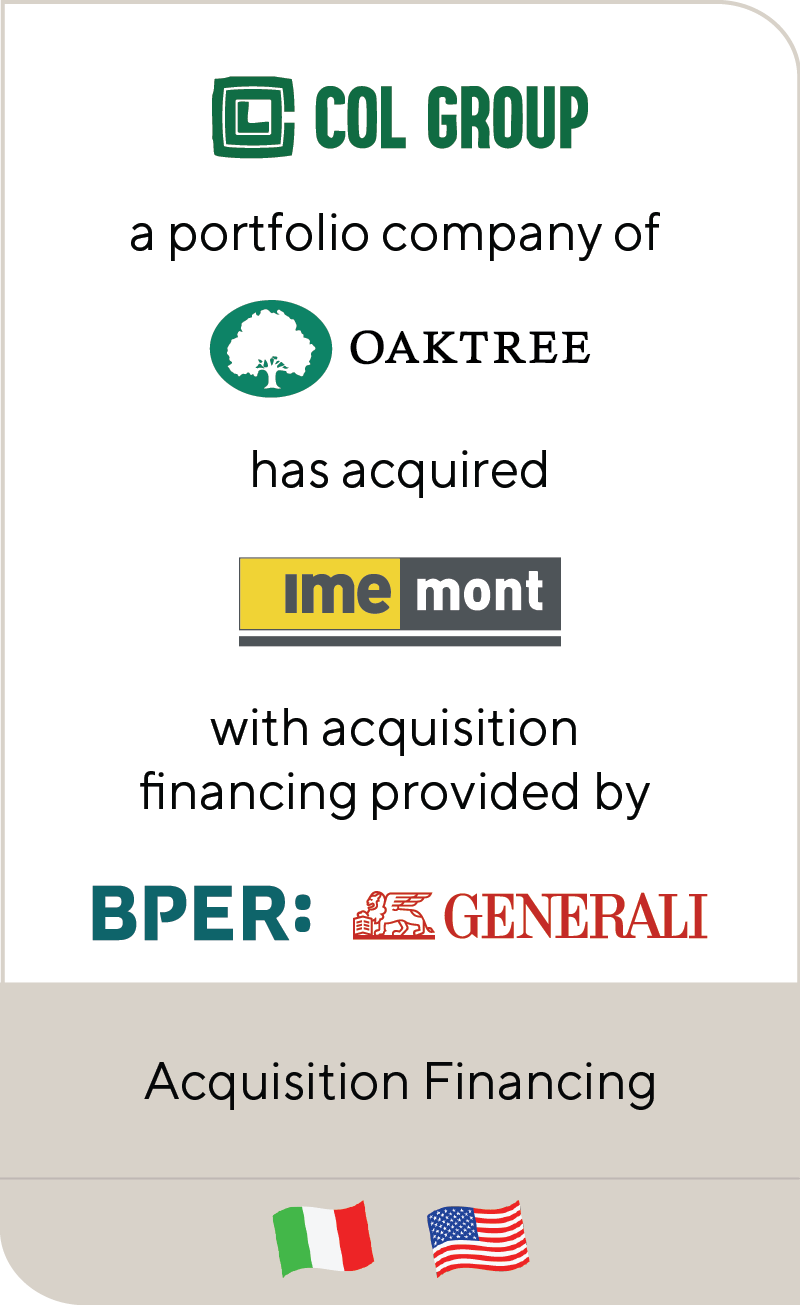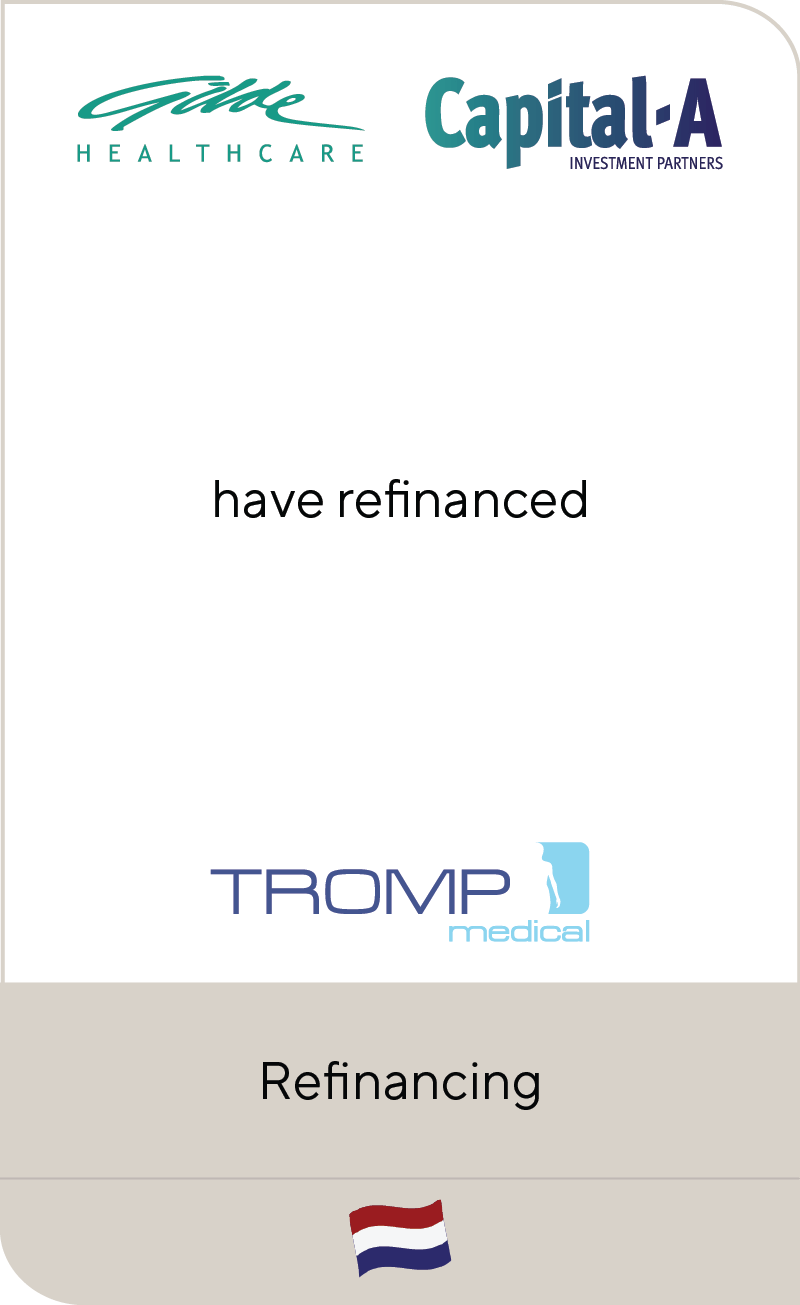European Lending Markets: Navigating Debt Financing in Uncertain Times
As geopolitical tensions evolve, global inflation rises and companies cope with worldwide supply issues, many businesses are assessing their strategies for accessing debt financing in today’s market. In a recent webinar hosted in conjunction with leading multinational law firm Ashurst, several of Lincoln International’s European debt advisory experts unpacked how to navigate the debt markets through current uncertainty.
Across Europe as of mid-March, lending markets largely remain open for business. While the conflict in Ukraine continues to evolve, shock waves in markets are less severe thus far than those experienced at the onset of the COVID-19 pandemic. Though lenders are exercising caution to avoid exposure to assets in Russia and Ukraine, the robust flurry of mergers and acquisitions (M&A) activity that continues has allowed lenders to remain selective but busy at the same time.
In addition, private credit funds continue to rise in the ranks in Europe, unseating traditional bank lenders that are focused on their existing loan portfolios and shying away from high leverage lending. Debt funds are seizing opportunities to capture additional market share in jurisdictions where they had lower penetration by providing competitive underwritings on tight timelines.
Looking ahead, Lincoln has guidance for borrowers with questions about their options when it comes to debt financing in the current environment:
Summary
-
Lincoln International has guidance for borrowers with questions about their options when it comes to debt financing in the current environment.
- Click here to download a printable version of this perspective.
- Sign up to receive Lincoln's perspectives
| How is the current environment impacting pricing for new loans?
Leverage appetite continues to be subject to the credit quality of the asset. It is still too early to gauge the impact of the conflict and other macroeconomic factors on loan pricing. However, in more recession resilient sectors like healthcare and technology, media & telecom, competitive tension means we do not foresee material changes in pricing currently. For other sectors more impacted by challenges like supply chain disruptions, pricing may be adjusted upwards, with fewer financing options available. Live processes launched prior to the beginning of Russia’s invasion of Ukraine have seen less pricing adjustments by lenders while new deals coming to market could be more likely to pay a premium. |
| How are management teams with exposure to Russia managing relationships with lenders?
Each situation is highly detailed and nuanced given the specific nature of the sanctions at play. Lenders are taking Russian exposure seriously. We encourage company boards to engage in open dialogue with lenders as soon as possible. In partnership with your trusted advisors, speaking with lenders about your situation can be the key to identifying a solution in uncertain times. |
| What will the private market financing environment look like throughout the rest of 2022?
2021 was a record year for financing and dealmaking. Though it is difficult to predict with certainty through the end of 2022, we anticipate steady volume of lending across a slightly different mix of businesses. While acquisition financings, dividend recapitalizations and refinancings dominated the landscape last year, in 2022 we are seeing capital raising efforts by businesses impacted by ongoing supply chain issues and the conflict in Ukraine. The first half of 2021 saw slower deal volume followed by a rapid uptick in the second half of the year. We expect the inverse trend this year: a robust first half followed by a slight slowdown in the second half of 2022. Our colleagues in the Valuations & Opinions Group continue to keep a close eye on the financial health of private businesses as market participants weigh a possible uptick in restructurings later this year. |
Contributors

By linking my experience in debt advisory and mergers and acquisitions, I look forward to delivering flexible and innovative financing solutions to make an impact that matters with long-term target clients, as Lincoln does best.
Daniele Candiani
Managing Director & Co-head of Capital Advisory, Europe
Milan
I build trust with clients by putting their interests first at all times.
Aude Doyen
Managing Director & Co-head of Capital Advisory, Europe
LondonMeet Professionals with Complementary Expertise in Capital Advisory

By linking my experience in debt advisory and mergers and acquisitions, I look forward to delivering flexible and innovative financing solutions to make an impact that matters with long-term target clients, as Lincoln does best.
Daniele Candiani
Managing Director & Co-head of Capital Advisory, Europe
Milan
I build trust with clients by putting their interests first at all times.
Aude Doyen
Managing Director & Co-head of Capital Advisory, Europe
London
My approach with our bankers and clients is to listen, pay attention to detail, anticipate and keep an eye on the big picture.
James Sinclair
Managing Director & Head of Brazil
São Paulo











